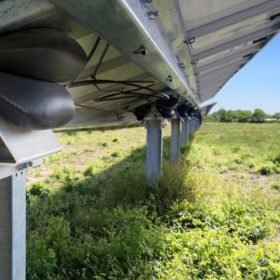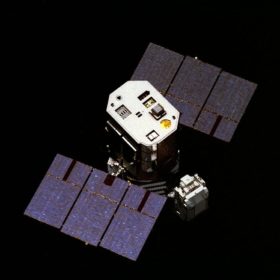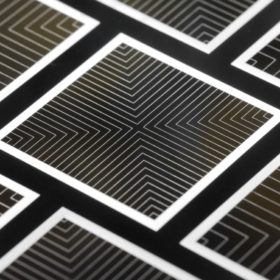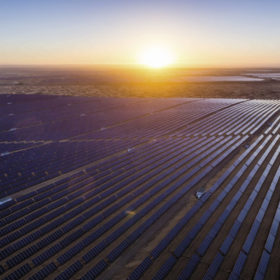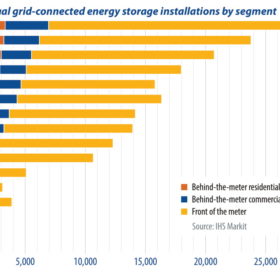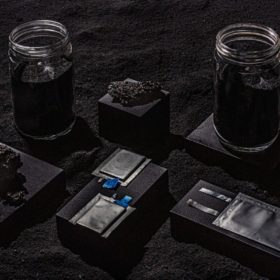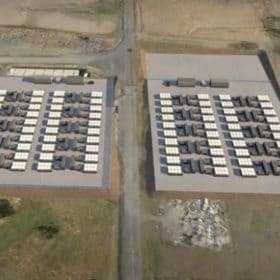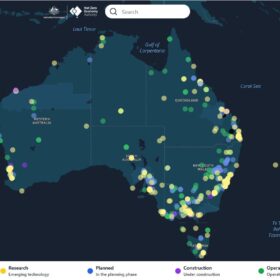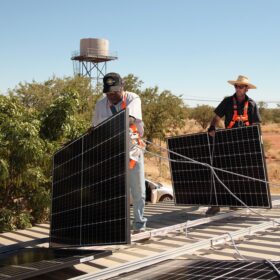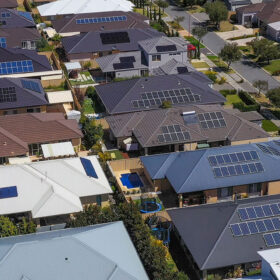United States county uses innovative method to identify optimal solar sites
A U.S. research group has used high-resolution data to drill down to individual parcels of land, in order to figure out how much space is available for solar at optimal locations and preferred sites.
Space PV technology company acquired to ‘unlock notable market potential’
The company being acquired, Azur Space, produces triple-junction space solar cells with an average efficiency of up to 30% and is planning to develop ultra-thin solar cells with up to 35%.
Fraunhofer ISE sets record efficiency for front/back solar cell
The cell reached 26.0% efficiency and showed open-circuit voltage values of up to 732 mV. It was fabricated with a back junction (BJ) design with a full-area p-n-junction at the back surface.
Solar may cover 75% of global electricity demand by 2050
A new study from the Lappeenranta University of Technology predicts solar may even achieve a 69% share for total primary energy supply by the end of the first half of the century. In terms of price, solar PV is expected to achieve a capex of €246/kW-installed (AU$385/kW-installed) for utility scale projects, and of €537/kW (AU$840/kW) for residential arrays by 2050. The levelised cost of energy (LCOE), however, is expected to remain constant over the next three decades, as the energy transition will also be implemented with storage technologies, increased flexibility and the production of synthetic fuels.
Strong growth ahead for international battery storage markets
Annual battery storage installations will exceed 10 GW/28 GWh in 2021, following a particularly strong year in 2020, despite the challenges created by the global pandemic, writes IHS Markit analyst Mike Longson. Combined solar and storage will be a core focus for new deployment in 2021, as the front-of-the-meter and behind-the-meter energy storage markets are both expected to grow significantly in the months ahead.
Silicon for batteries moves to commercial production
U.S. company Group 14 Technologies has announced it will launch factory capable of producing 120 tons per year of its innovative silicon-carbon-based anode material for lithium-ion batteries. The factory is located at Group 14’s headquarters in Washington and is the first of several planned by the company.
Solar power has to be about quality as well as quantity
Greater dispatchability will be required from solar as it becomes increasingly mainstream worldwide, or investors could experience diminishing returns as a victim of the technology’s success at bearing down on electricity prices.
Battery storage systems 30% cheaper than rival gas peaker plants for firming renewables
The contest is over. Faster, cheaper, more flexible than gas turbines … battery energy storage must be the future peaking energy service provider of choice says the hard evidence exposed in a new paper by the Clean Energy Council.
Hair! Coming to a next-generation solar cell near you
A human hair derivative has been found to protect, stabilise and enhance the performance of perovskite solar cells.
Solar powers novel green hydrogen fuel technology
A homegrown technology developed by the University of Newcastle and Southern Green Gas has seen the development of a novel green hydrogen fuel and carbon neutral green methane. The fuel was demonstrated in Hyundai’s Nexo hydrogen fuel cell SUV in Sydney.
